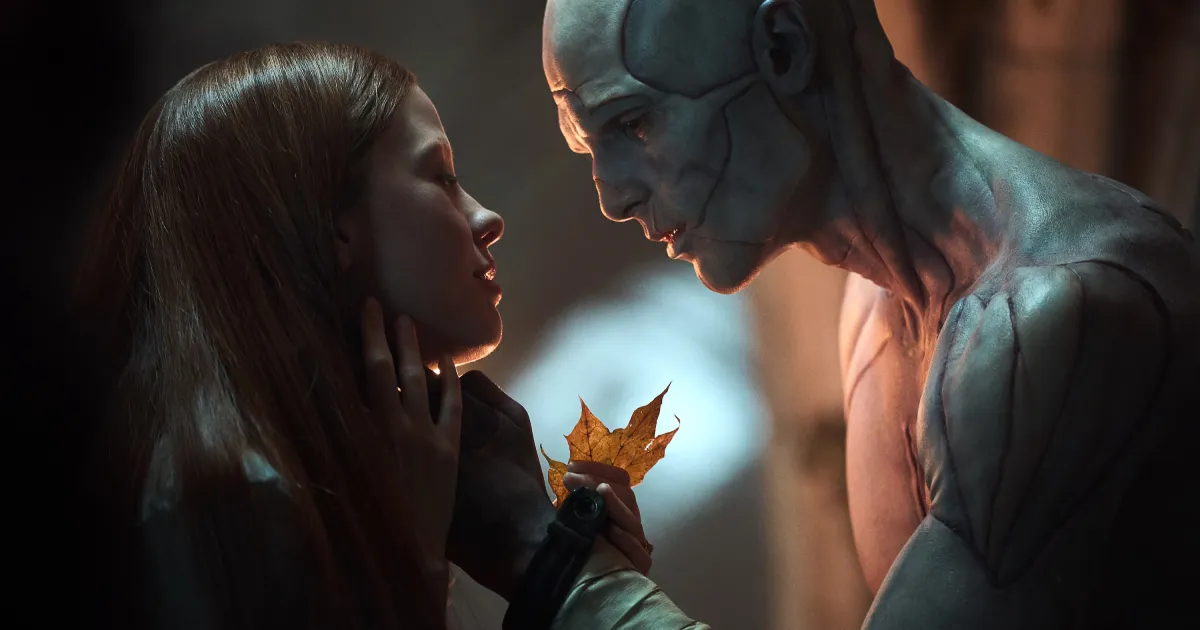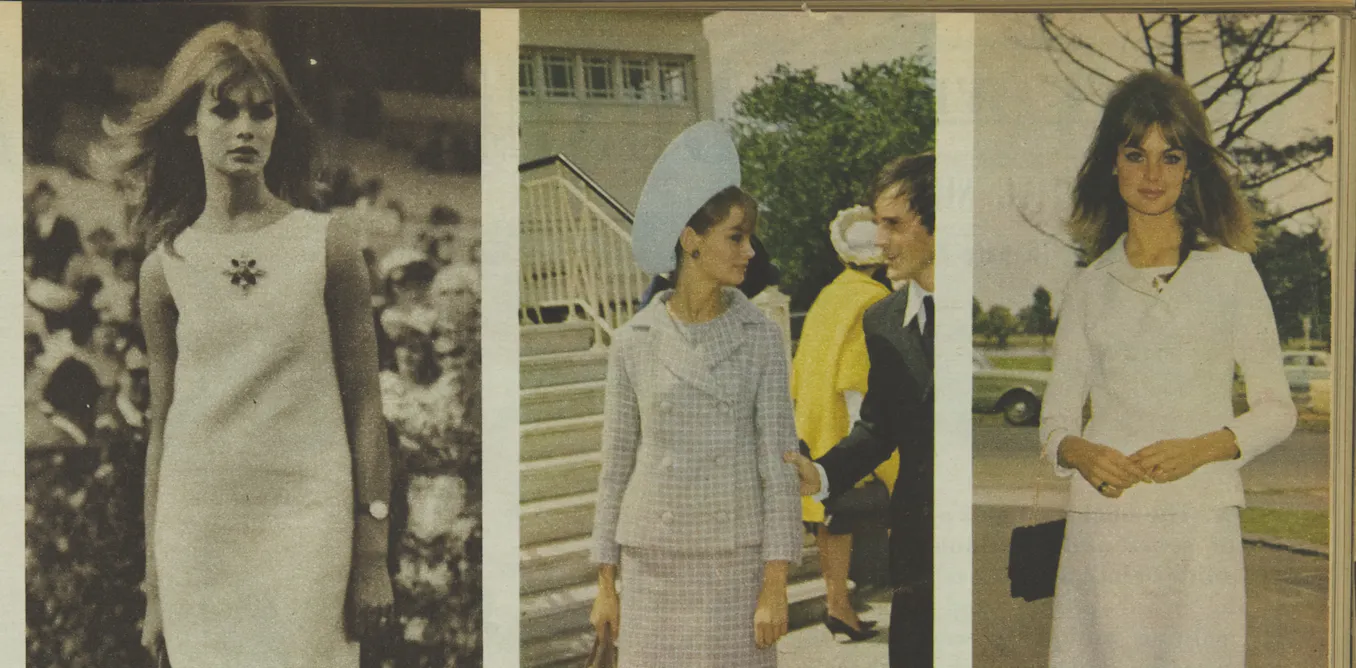Copyright Digital Trends

Writer-director Guillermo del Toro helms the latest adaptation of Mary Shelley’s novel, Frankenstein, and it may well be the best. This beautiful film tells the iconic tale of scientist Victor Frankenstein (Oscar Isaac) bringing life to a Creature (Jacob Elordi) formed from dead body parts, who ultimately brings destruction after being rejected by his creator. Directed by James Whale, Universal Pictures’ Frankenstein (1931) became the gold standard for the franchise. However, del Toro’s film surpasses Whale’s picture thanks to stunning imagery and a commitment to honoring the source material in all its depth and complexity. Del Toro’s result is an exhilarating spin on a literary classic. Oscar Isaac’s Frankenstein digs deeper into the character Clocking in at 71 minutes, Whale’s adaptation of Frankenstein doesn’t delve deep enough into the titular scientist, who is named “Henry,” or his motivations. The movie kicks off with Henry and Fritz scavenging for body parts to make the Creature, skipping over Frankenstein’s rich, meaningful backstory from the novel. Ultimately, we are left thinking that Henry’s drive to raise the dead was fueled solely by the thrill of playing God, making his character feel one-dimensional. Recommended Videos In contrast, del Toro’s Frankenstein highlights Victor’s childhood at the beginning of the movie. The film faithfully adapts Victor’s upbringing from the novel, showing how the devastating loss of his mother drove him to conquer death as an adult, making his character more relatable and engaging. The movie also incorporates the novel’s psychosexual undertones by casting Mia Goth to play both Victor’s love interest, Elizabeth, and his mother. This highlights Victor’s “Oedipal complex,” as he longs for his mother, all while resenting his father for mistreating him and not saving his mother during childbirth. By bringing his Creature to life, Victor symbolically revives his mother and spites his father, making his story more compelling. Jacob Elordi’s Creature surpasses Boris Karloff’s character Boris Karloff’s version of the Creature is perhaps the most iconic, especially in terms of design. With his flat head and neck bolts, the Creature in 1931’s Frankenstein was embedded in the public consciousness for decades to come. The character also evokes much fear and sympathy, as the film presents him as a savage but childlike figure raging against a hateful world that he doesn’t understand. However, Eloridi’s version of the Creature is far from the one seen in Shelley’s novel. Though much of the Creature’s original backstory is adapted in 1935’s The Bride of Frankenstein, del Toro’s film does a better job introducing and developing Elordi’s character. Del Toro’s film devotes ample time to exploring the Creature’s journey, allowing for greater character development. Much like the source novel, the Creature learns to speak English by hiding in the Blind Man’s (David Bradley) farm and reading his books. Elordi’s Creature thus becomes far more eloquent, sophisticated, and menacing than Karloff’s. Elordi’s character is especially frightening with his booming voice, super strength, and accelerated healing factor. The backstory of Elordi’s Creature also presents greater tragedy and sympathy for his character. He spends much time supporting the Blind Man’s family in secret. After the Blind Man finally accepted the Creature, the former died from a wolf attack, leading the family to drive Elorid’s character away. Overall, both Creatures experience physical abuse that drives them to lash out at humanity. Despite this, Karloff’s character is given an “abnormal” brain, which supposedly makes him violent and uncontrollable. Meanwhile, Del Toro’s Frankenstein illustrates that the Creature’s violence stemmed from the abuse suffered at the hands of his creator. Since Victor experienced abuse by his father, the story displays the cycle of violence as passed down from parent to child. As William said in the film, Del Toro’s adaptation showed Victor was the true monster, not the Creature. Elizabeth is at her best in del Toro’s Frankenstein Elizabeth’s pivotal role in del Toro’s movie goes far beyond the character seen in both Whale’s film and Shelley’s novel. She shows the Creature more compassion and understanding than Victor, who berates and abuses him as he’s locked in a dungeon. Such kindness broke through to the Creature in a way his maker never could, as Elizabeth taught him to say a word outside of “Victor.” Also, Elizabeth displays greater agency as a character. Like Victor, Elizabeth is a scientist pursuing her own studies. A loving and righteous character, Elizabeth is not perfect, given her romantic attraction to Victor, despite being engaged to his brother, William (Felix Kammerer). Nevertheless, Elizabeth knows well enough to distance herself from him and to try to protect the Creature from his wrath. Whale’s film, on the other hand, relegates Elizabeth to the role of Henry’s doting bride-to-be. Though she shows love and concern for her fiancé, she only shows fear toward the Creature that he has created. Elizabeth even becomes a damsel-in-distress when, after being threatened by the Creature on her wedding night, she becomes a far less interesting character than Goth’s version of Elizabeth. The new Frankenstein’s visuals are electrifying Nearly 100 years later, del Toro went above and beyond to craft a fresh vision of Frankenstein thanks to his colorful imagery and vibrant costumes. This approach evokes a style of Gothic romanticism similar to Francis Ford Coppola’s adaptation of Dracula. From the fiery angel to Elizabeth’s feathered dress, del Toro’s Frankenstein paints a distinctive portrait of a story told countless times throughout the ages, proving there was still some life left in it. In the end, you can’t deny the impact that James Whale’s Frankenstein had on popular culture. Iconic moments like Frankenstein shouting, “It’s alive!” and the Creature’s unforgettable design helped solidify both the film and Shelley’s story as sci-fi classics. Nevertheless, del Toro did a better job at telling the deeper tale laid out in Shelley’s novel. He took his time exploring the layers of Victor and the Creature’s characters, all while expanding on Elizabeth’s character to do them all justice on the big screen. Del Toro also captured the beauty and terror of the story with vibrant and imaginative imagery. These aspects made del Toro’s film one of the most faithful and unique interpretations of Frankenstein ever made.



